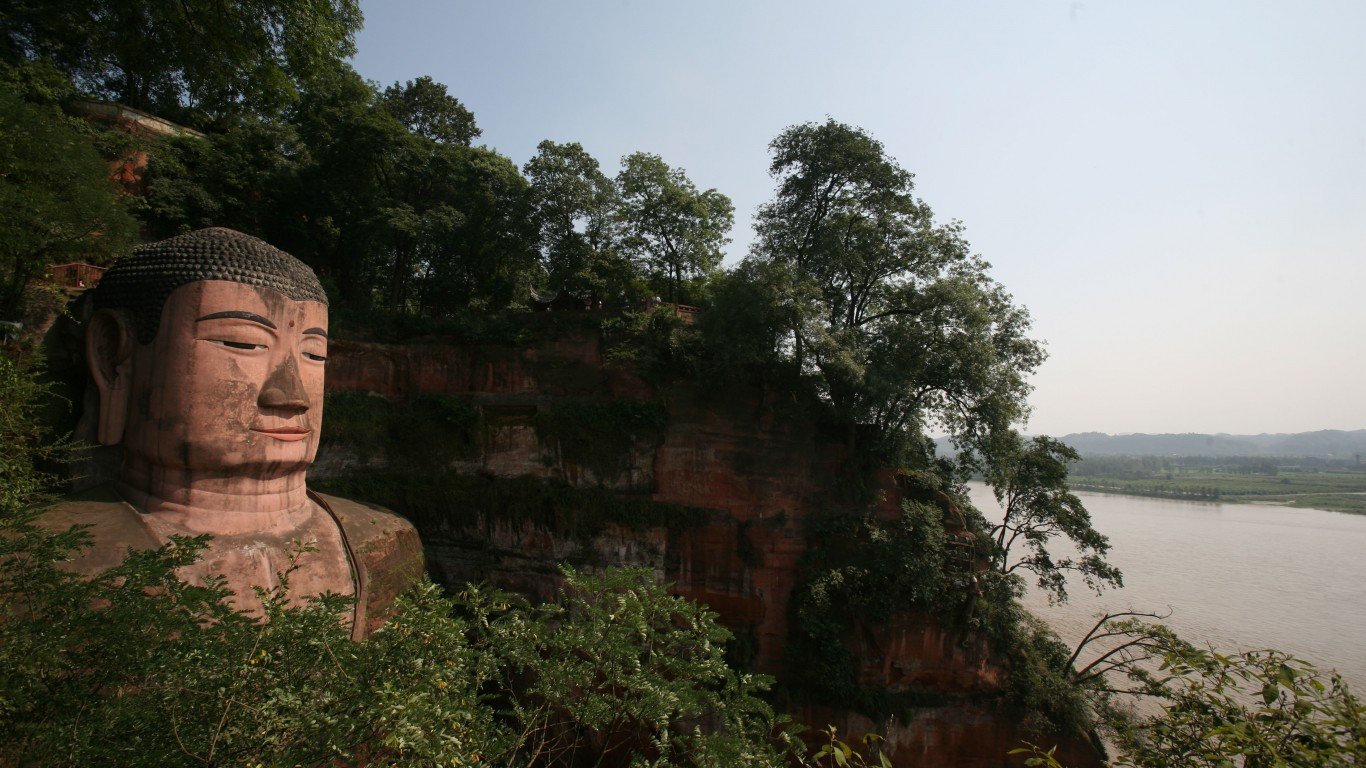
Leshan Buddha
> Location: Sichuan Province, China
Mount Emei in the Sichuan province of China is the historic center of Buddhism and home to many Buddhist temples and shrines. The most famous shrine is the immense statue of the Buddha carved into a sandstone cliff and measuring over 230 feet in height. Having withstood 14 centuries of weathering, the statue has in recent times suffered visible damage inflicted by industrial pollution. Soot from local factories and coal-fired power plants and acid rain caused by pollutants have turned the Buddha’s nose black and weakened the statue’s structure, causing curls of his hair to break away.
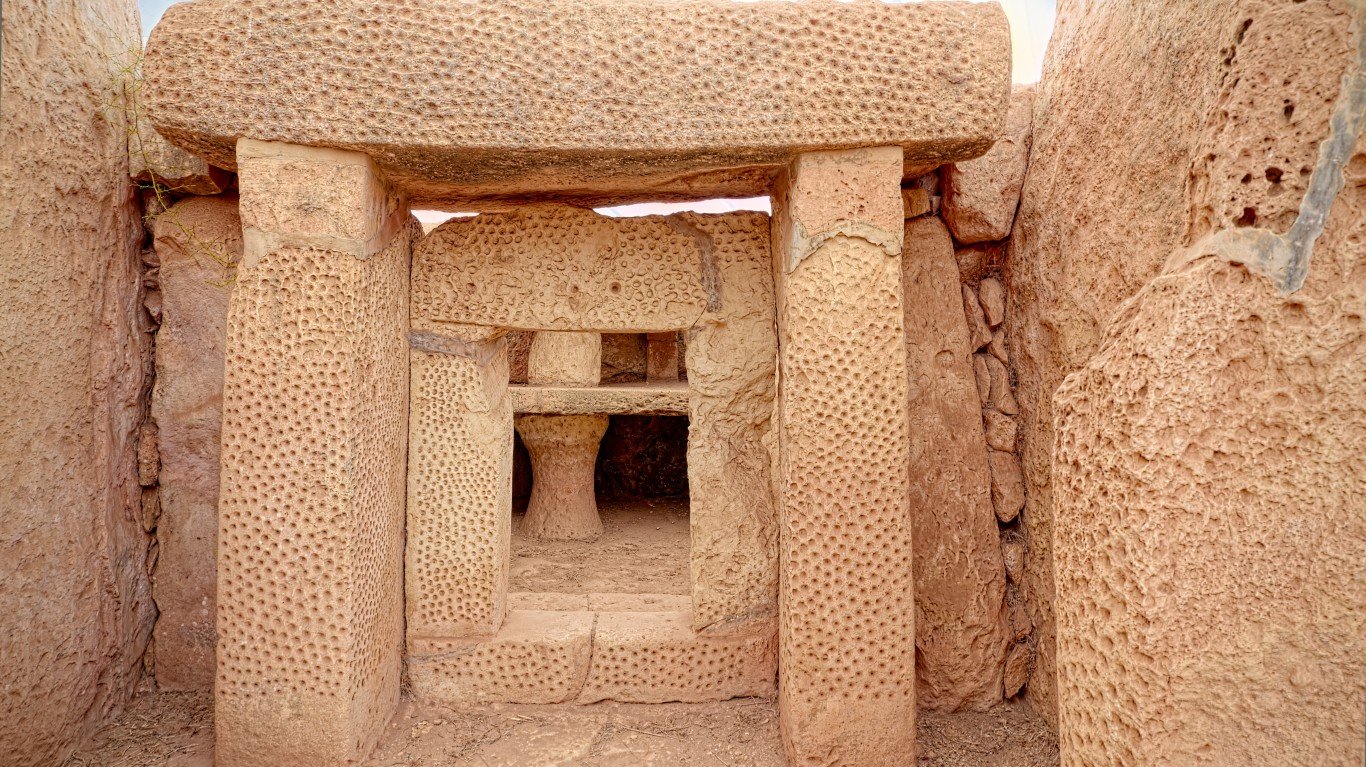
Megalithic Temples of Malta
> Location: Malta
The seven Megalithic Temples, described by UNESCO as being reasonably well-preserved, have survived for 4,500 to 5,600 years. But modern times have brought pollution and changes in climate that are damaging the structural integrity and stone surfaces of the antiquities. Archeological preservationists have covered the site in an effort to protect the unique temples from further decay.
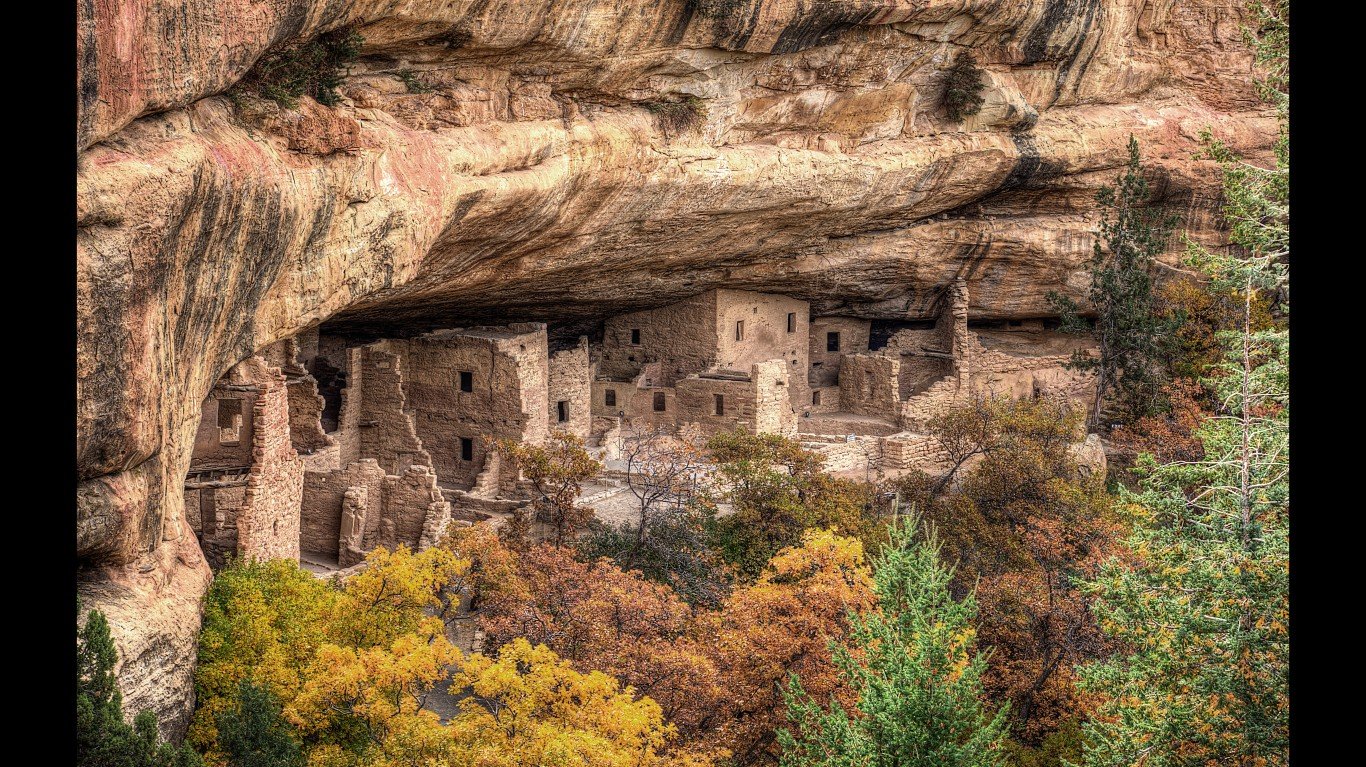
Mesa Verde
> Location: Colorado, US.
Since the area’s christening as a national park, the greatest threats to the famous Pueblo cliffside dwellings and their artifacts were considered to be looting and damage from human intrusion. Now, a far greater peril threatens the historic site, fire. Temperatures have steadily risen in the American Southwest over the past 50 years, drying the landscape and reducing the moisture available in the region, resulting in horrific wildfires. In the summer of 2000, the Bircher and Pony fires burned nearly half of the Mesa Verde National Park’s 52,000 acres, damaging buildings and infrastructure but sparing the ruins.
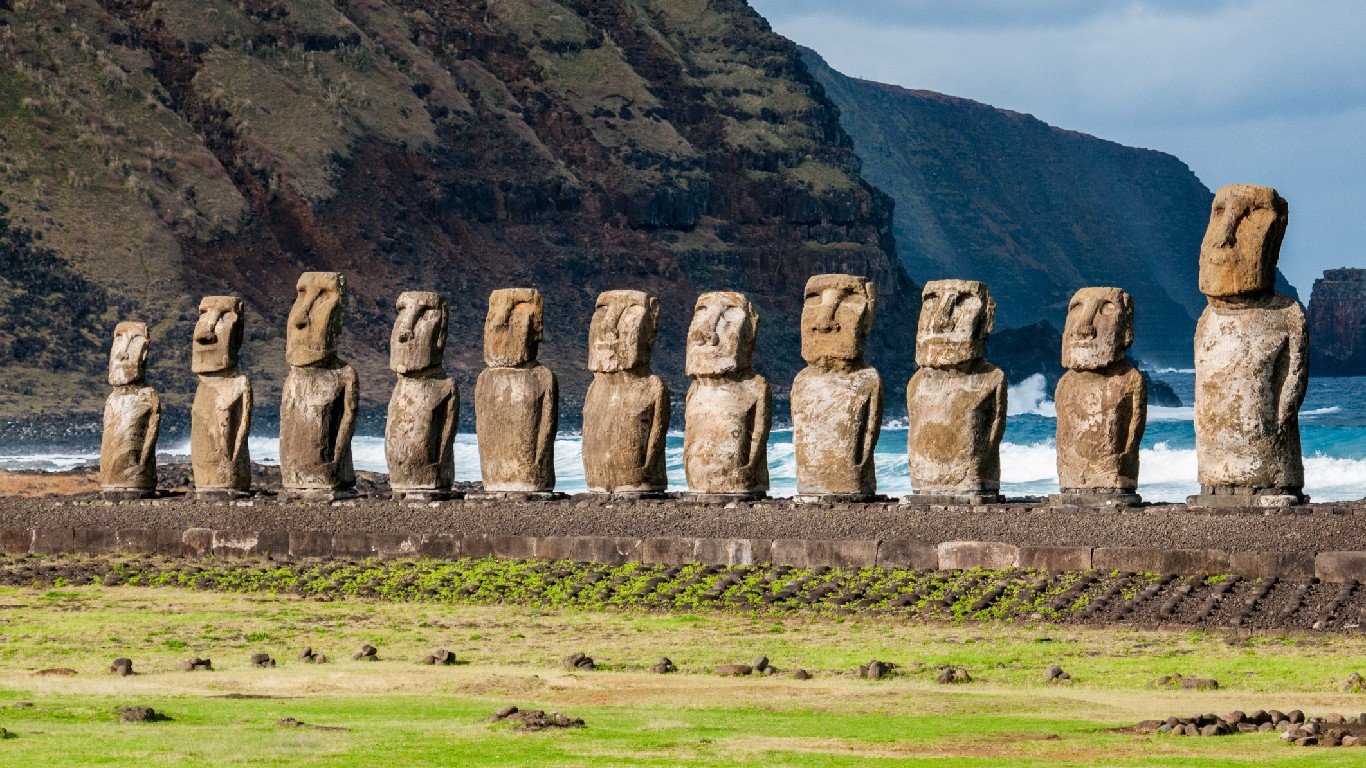
Moai of Easter Island
> Location: Easter Island
Easter Island is known for the disappearance of its early civilization and for the monolithic statues, called Moai, that its lost tribes produced. Archeologists are now concerned that the Island and the clues to the mysteries of its past are already seeing damage wrought by a changing climate. Tourism has resulted in some harm, but erosion is the greatest threat to the island. It has already destroyed beaches and burial sites and is undermining the cliffs supporting the monoliths.
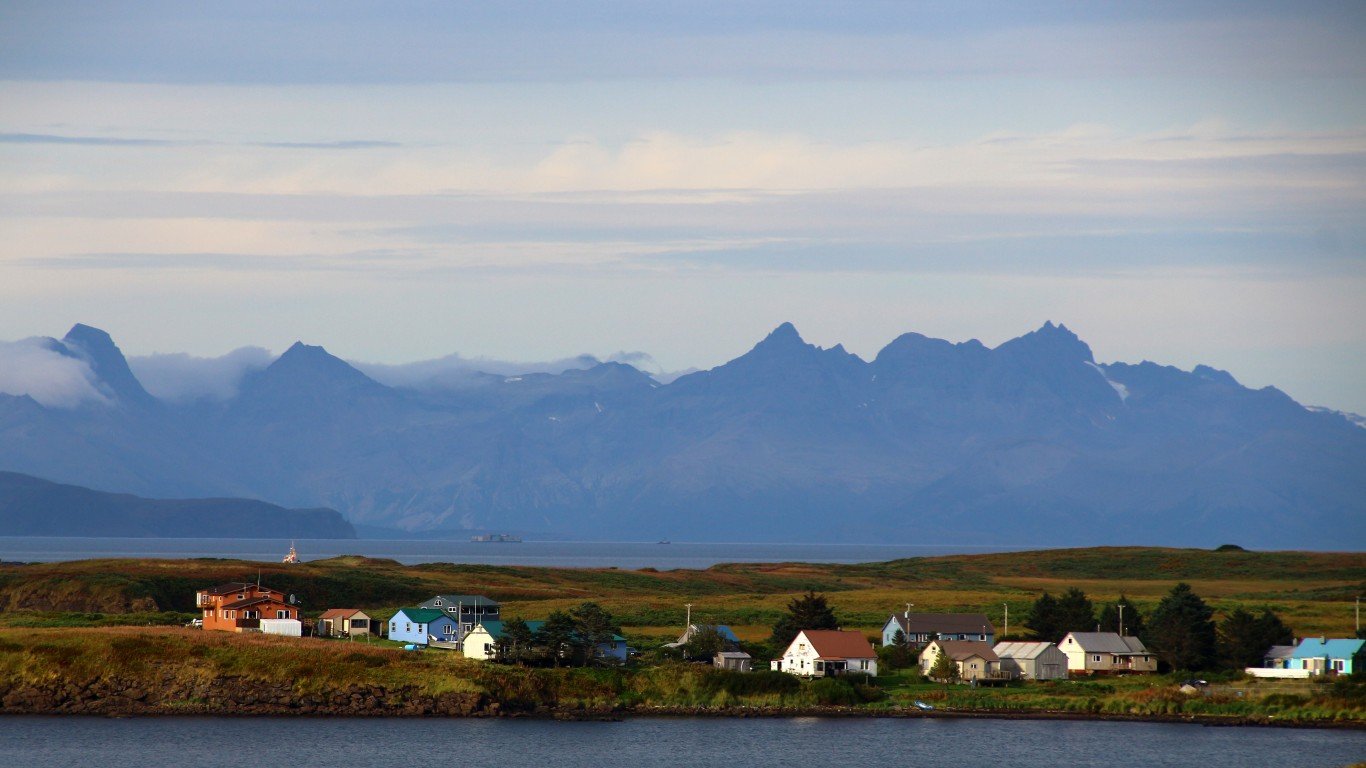
Native Alaskan Villages
> Location: Alaska, US
Alaska is warming faster than the lower 48 states, with a 3 degree increase in temperature attributable to climate change. In the northwest corner of Alaska, permafrost is melting, protective sea ice is shrinking at a rate of 10% each year, and battering sea waves are growing in height, all leading to a rapid erosion of the coast. The region, noted for its ancient villages and historic artifacts, is losing its battle with climate, as native populations are displaced and archeological treasures are lost to the sea.






